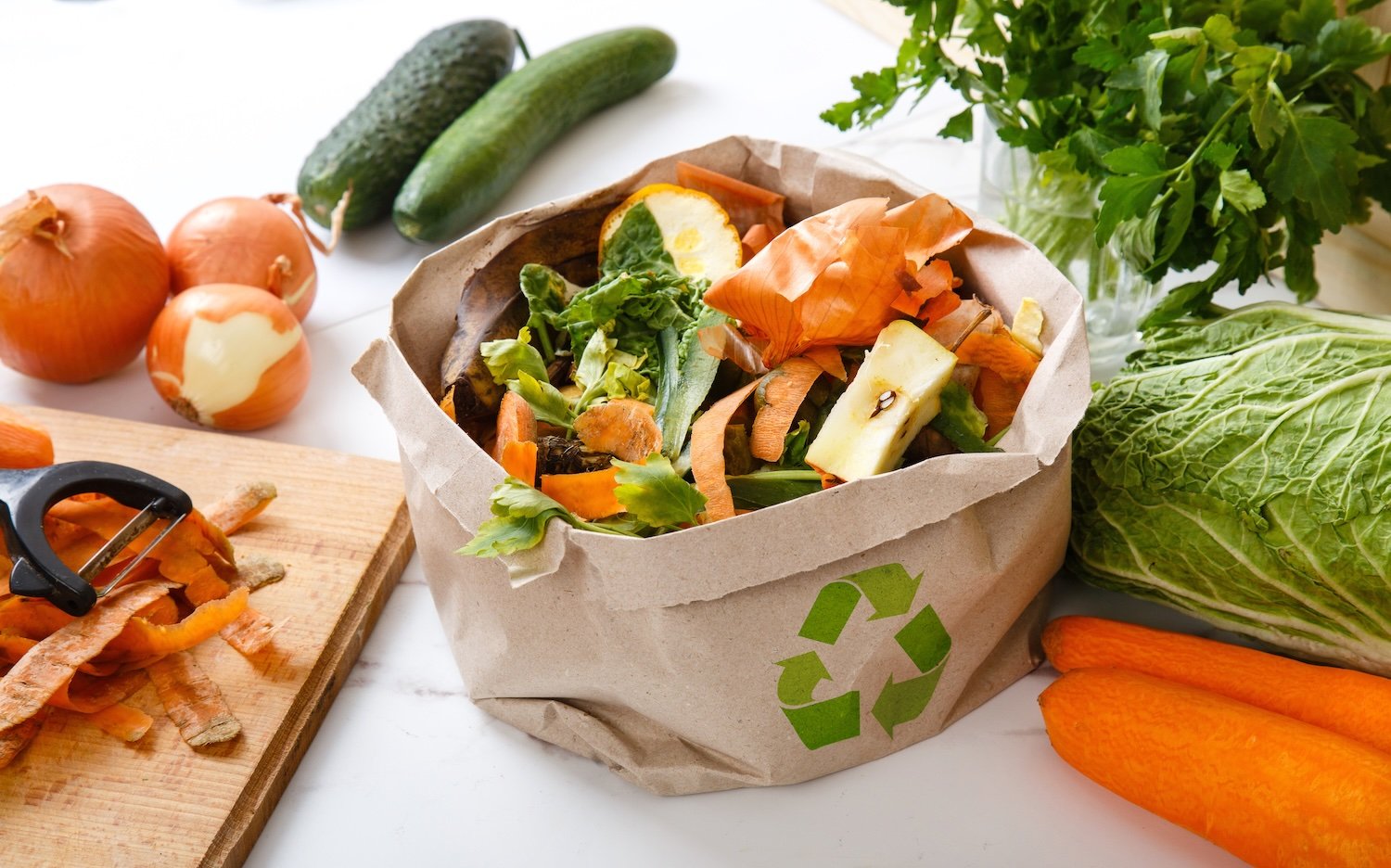How to Compost in San Diego County… Even if You Don’t Have a Green Bin
Did you know that San Diego County residents have more options than ever to start composting their food scraps?
With California’s new organics recycling law (SB 1383) in place, the city and county are working to reduce food waste and its harmful environmental impact. Whether you have access to a green bin or not, there are plenty of ways to compost in San Diego and make a difference on climate change.
Here’s a guide to all the ways you can compost your food scraps in San Diego County—even if you don’t have a green bin at home.
Option 1: Use Your Green Bin
If you live in an area with curbside organic waste collection, this is the simplest option. The City of San Diego’s Organic Waste Recycling Program allows residents to place food scraps, yard waste, and other organic materials into their green bins. This waste is collected regularly and processed into compost or other renewable products.
If you have a green bin, you can place the following items in it:
Food scraps (fruits, vegetables, meat, bones, and more)
Yard waste (leaves, branches, grass clippings)
Soiled paper products (napkins, paper towels, coffee filters)
To get started, watch the video below, check the specific guidelines from your waste hauler, or visit one of these links, depending on where you live:
Option 2: Request a Green Bin
If your home or apartment complex doesn’t yet have a green bin, don’t worry! All residents in San Diego are entitled to green bins for organic waste collection under SB 1383. If your landlord or property manager hasn’t yet provided one, reach out to them. You can also contact the City of San Diego or your waste hauler to request a green bin for your property.
Option 3: Drop Off Your Food Scraps at a Community Composting Site
If curbside composting isn’t an option, there are several community composting sites across San Diego County where you can drop off your food scraps. These community hubs ensure that organic waste is composted locally and turned into valuable nutrients for the soil.
You can view the full list of community composting sites on the Community Compost List.
Option 4: Compost at Home
For those with outdoor space, home composting is one of the best ways to reduce waste and create compost directly for your garden. There are several methods to choose from, including traditional compost piles, compost tumblers, or even vermicomposting with worms.
The City of San Diego offers discounted compost bins for residents, making it easier to get started. You can learn more about composting systems and find additional resources on the city’s Recycling and Organics page. Or refer to the chart below to find a method that works for you!
Option 5: Learn More at Local Workshops
If you're new to composting or want to improve your skills, the City of San Diego and various local organizations offer composting workshops. These workshops cover the basics of composting, how to choose the right method for your home, and how to maintain a successful composting system. Checking out what’s happening at the Solana Center is a good place to start.
By taking advantage of these composting options, San Diego County residents can help reduce waste, conserve water, and cut down on harmful methane emissions. Whether you’re composting through your green bin, at a community site, or in your own backyard, your actions contribute to a healthier, more sustainable future for everyone!


